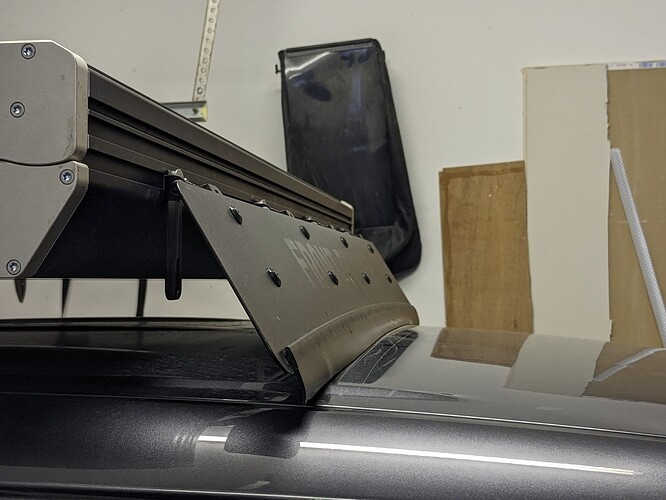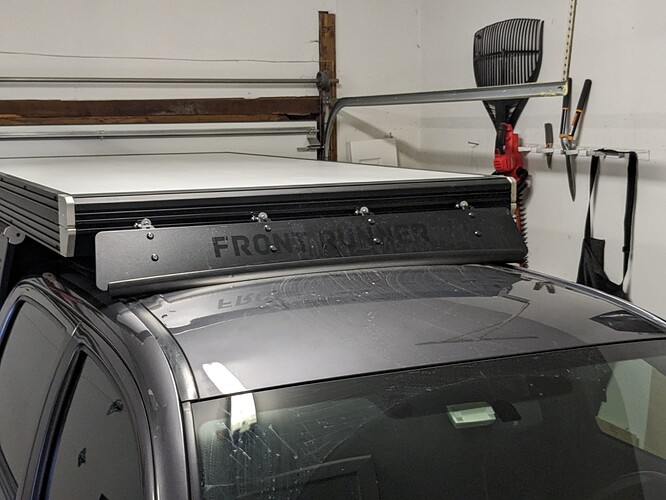For what it’s worth, I went with the 1345mm one. I think it’s ok, but more of a speed brake than anything. The angle is too steep. I’m in the process of designing and making a custom fairing that will fit better, sit at a much lower angle, and hopefully improve the aerodynamics of the GFC. I plan to use the brackets from the Front Runner fairing and probably a sheet of ABS or acrylic or something similar. It’ll be around 18 inches wide instead of the current 7ish inches. Here’s the current setup:

